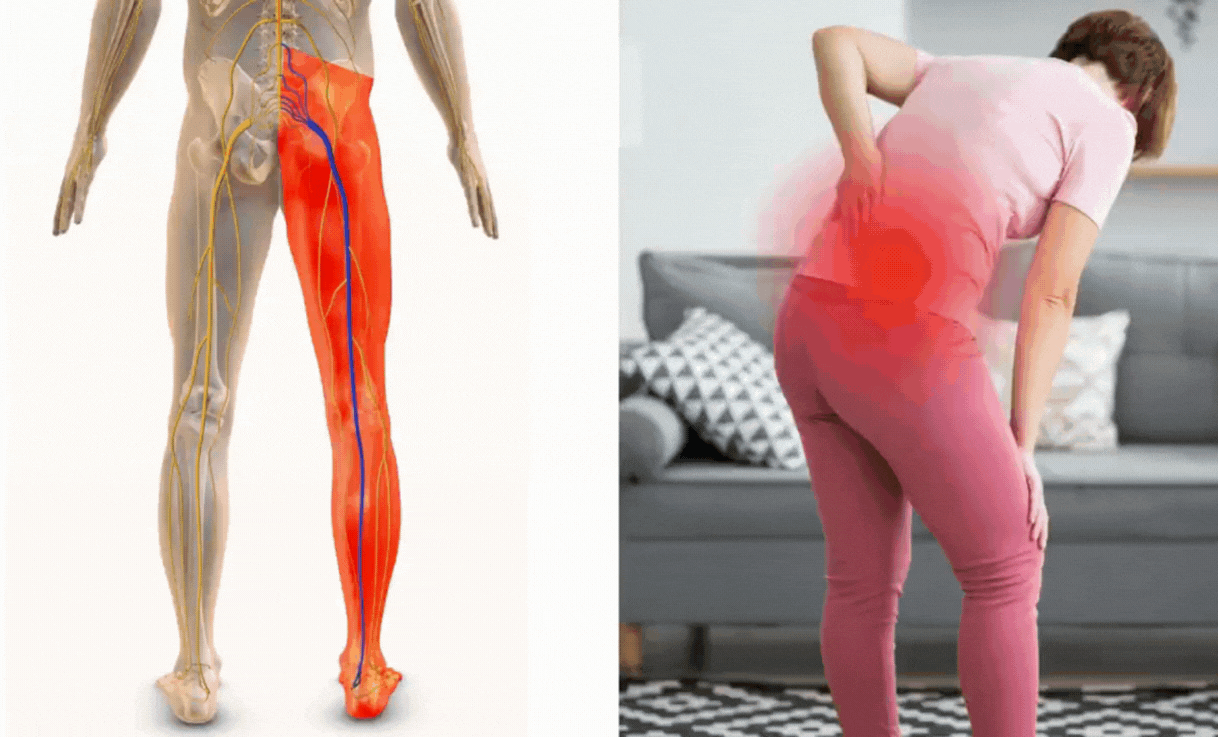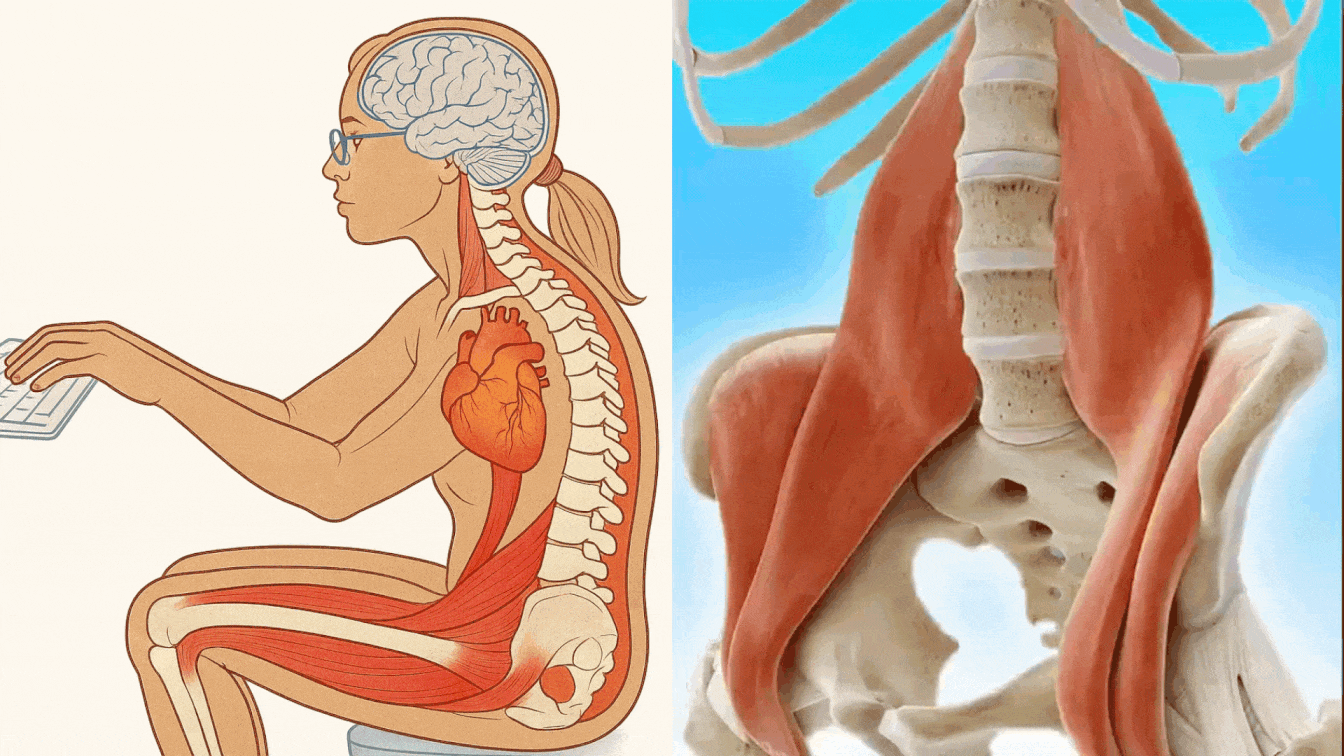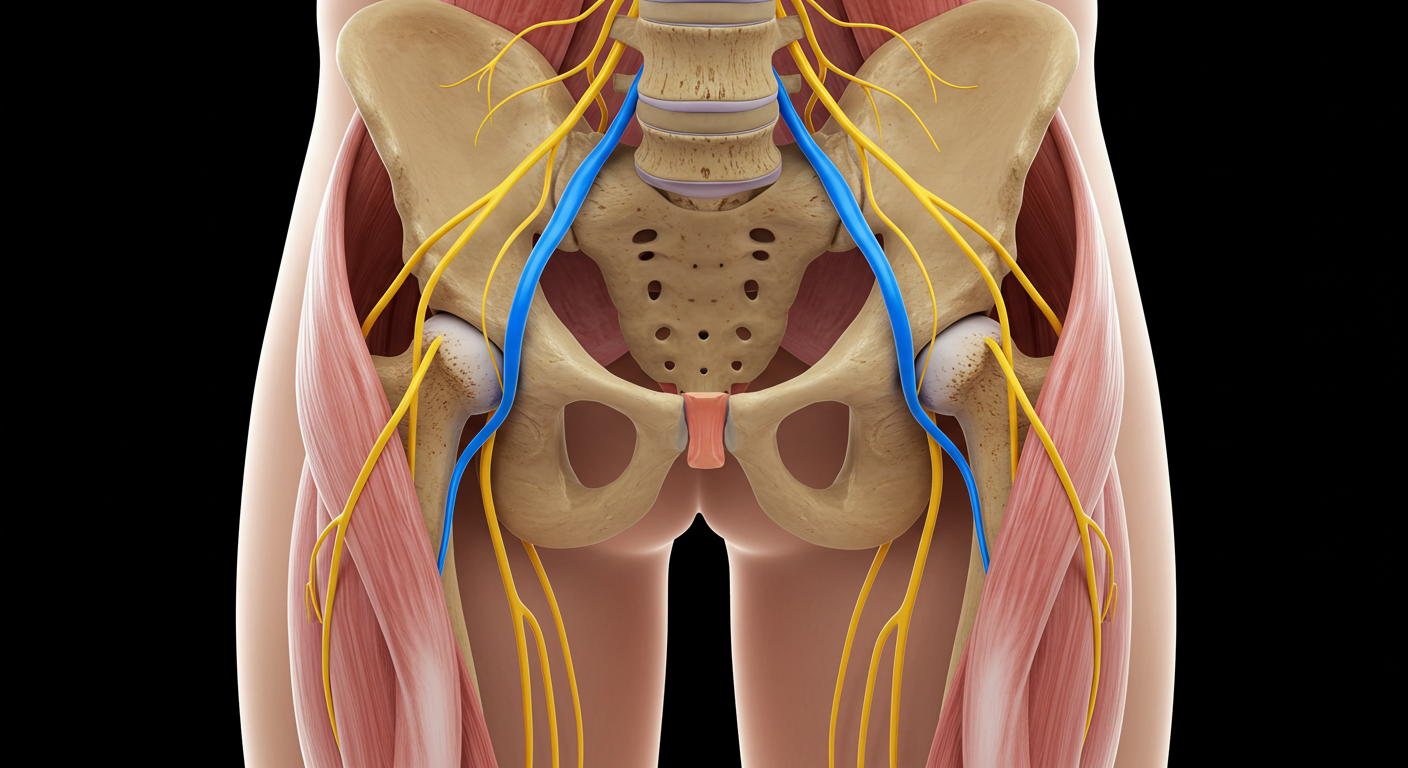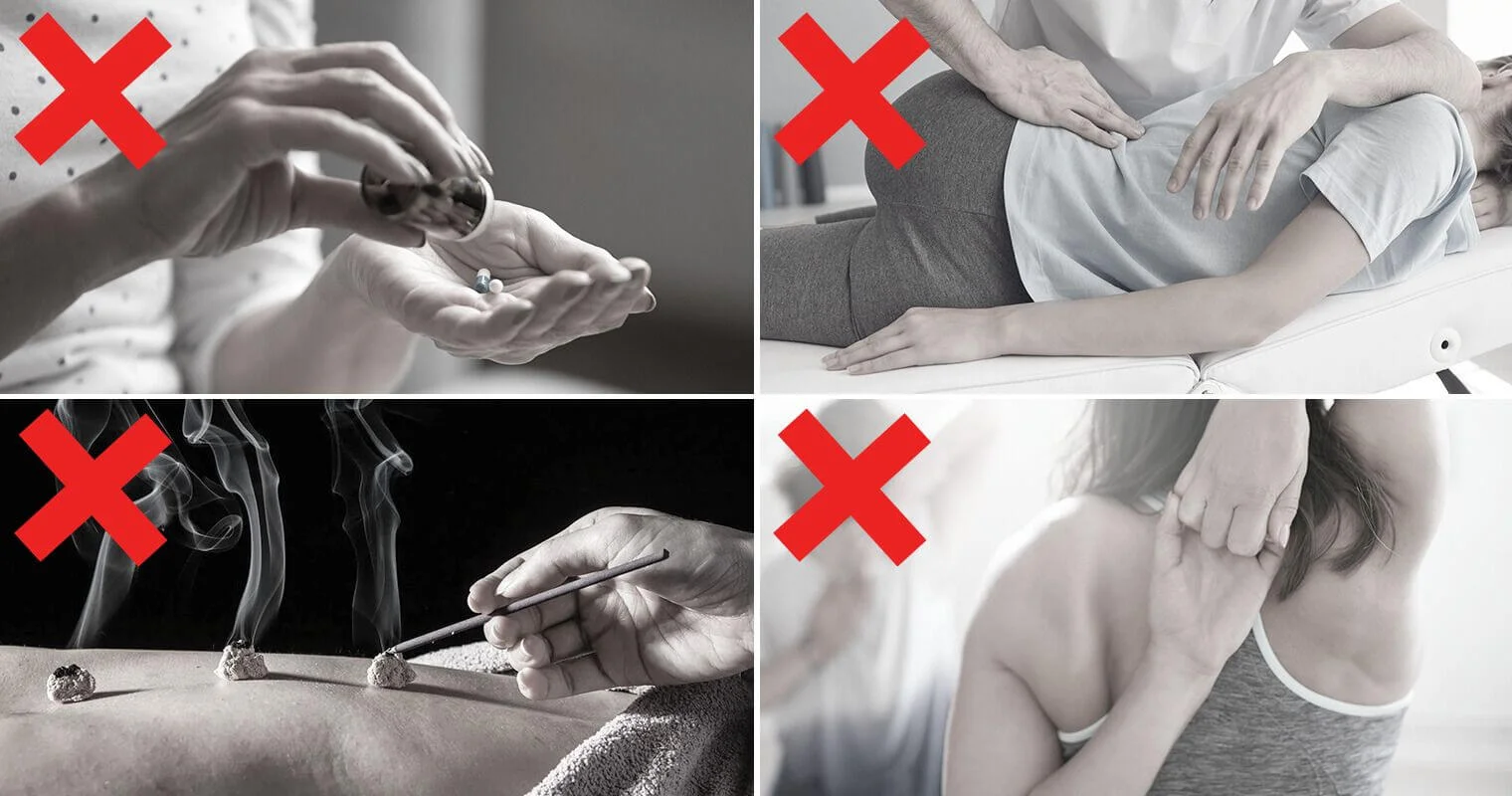If your sciatica pain feels like fire in your lower back and hips, with electric shocks down your legs, read this now.
Hi, I’m Dr. Jeanette Collins, a physiotherapist with over 10 years of experience helping people reclaim their lives from the pain of sciatica and back problems.
With more than 10,000 hours of clinical experience, I’ve worked with 1,100+ patients who’ve come to me with a range of nerve and back issues:
➩ Sciatica
➩ Lower back pain
➩ Herniated discs
➩ Spinal stenosis
No matter how severe the pain was, I’ve seen it all.
From mild stiffness and discomfort...
To nerve pain so intense it felt like electric shocks racing down the leg...
To sciatica so severe that simply walking felt impossible
But it wasn't until earlier this year that I truly cracked the code to effectively relieving sciatica.
It all began with a personal discovery I made at the start of the year.
One evening, while reviewing clinical studies on nerve pain and sciatica, I stumbled upon something that truly shocked me.
The Shocking Root Cause of Sciatica
What if I told you that the burning pain of sciatica is actually caused by a series of small, but crucial problems that build up over time?
It may sound surprising, but it’s the truth.
We’d like to believe that sciatica is triggered by one single event or injury. But in most cases, it’s the cumulative effect of daily stresses, how we work, sit, sleep, and move each day.
In fact, even when an injury happens, it often follows years of these accumulated stresses.
The real cause of your sciatica isn’t just one problem, it’s a combination of factors that have built up over time.
Due to our daily habits, we often develop poor posture.
Chances are that even right now, as you read this, you may be sitting hunched over, with your shoulders rounded and your head thrust forward.
The issue with poor posture is that it causes the muscles in your lower back to become tense and weak over time.
These muscles are crucial because they provide support to your spine and help keep it stable and properly aligned.
Accumulated pressure on the intervertebral discs
When these muscles become tight and weak, they can no longer properly support your spine.
As a result, pressure builds up on the intervertebral discs.
This pressure causes the discs to bulge and shift out of place, pressing into the spinal canal and putting pressure on the spinal nerves.
This leads to irritation and contraction of the sciatic nerve, which eventually becomes pinched and compressed.
You experience recurrent nerve entrapment (RNI)
This is what we call recurrent nerve entrapment (RNI), and it’s one of the main causes of sciatica.
RNI can lead to severe pain in the lower back, hip, and groin, along with weakness and instability in both your back and legs.
The pain from sciatica radiates down the leg because the sciatic nerve is the longest and largest nerve in the body.
It runs from the lower back through the hips and glutes, all the way down both legs.
So, when the sciatic nerve becomes pinched and irritated, it causes unbearable, burning pain that travels along the entire length of the nerve.
This can lead to sharp, stabbing sensations and debilitating weakness, affecting everything from your lower back all the way down into your legs.
Here’s the hard truth…
As we get older and less physically active, the muscles in our lower back and hips naturally weaken.
When that happens, they can no longer provide the support our spine and hips need, leading to nerve compression and the painful cycle of sciatica.
The pressure builds, causing severe pain in the lower back, hips, and legs.
But if left untreated, it can lead to even more serious conditions.
That’s why common solutions like painkillers, stretches, or hot and cold packs don’t work, they only provide temporary relief, without tackling the real cause.
So, what’s the solution?
You need to strengthen and stabilize your lower back and hips to relieve the pressure on the sciatic nerve.
But how do you do that?
Most experts will tell you to exercise or go to physical therapy.
But let’s be honest... When you’re in severe pain, the last thing you want to do is move,let alone exercise.
That’s why so many people struggle to solve the problem, and end up stuck with painful, debilitating sciatica for years.
Thankfully, there’s a better way.








